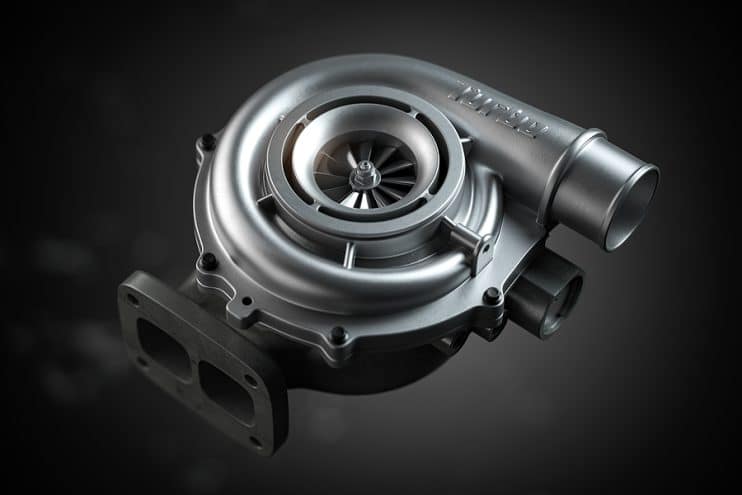
The turbo actuator is a small but vital part of your vehicle’s turbocharger system. It acts like a pressure release valve, diverting excess exhaust fumes away from the turbine wheel and controlling the amount of boost pressure delivered to the engine. This helps your vehicle maintain optimum performance and efficiency.
If your turbo actuator fails, you could experience a sudden power loss, poor fuel economy or even catastrophic engine damage. Whether you’re considering a new or used turbo actuator, recognising the early warning signs can help prevent costly repairs.
We’ll take you through the signs of a failing turbo actuator, what causes it to go bad, and how to extend the life of this crucial component in your vehicle’s turbo system.
Table of contents:
- What are the symptoms of a failing turbo actuator?
- What causes a bad turbocharger?
- Can you still drive with a bad actuator?
- How do you test a turbo actuator?
- How to prevent actuator failure
What are the symptoms of a failing turbo actuator?
A faulty turbo actuator can suddenly and significantly affect your vehicle’s performance. Here are some of the most common signs to watch out for.
Complete and sudden loss of power
A sudden loss of power is one of the most noticeable signs that your turbo actuator is failing. If you struggle to accelerate or your vehicle feels sluggish while driving, it could be that your actuator isn’t regulating the boost pressure properly. This can force your engine into ‘limp mode,’ a safety feature that limits engine performance to prevent further stress and damage.
Dashboard warning lights
Modern vehicles come with sensors that monitor the turbocharger system. If the actuator fails, you might see warning lights, such as the check engine light or the turbocharger warning light, if you have one. These lights communicate that the engine control unit (ECU) has detected a fault in the system. Some manufacturers provide fault codes specific to turbo actuators, which you can read using an OBD2 scanner.
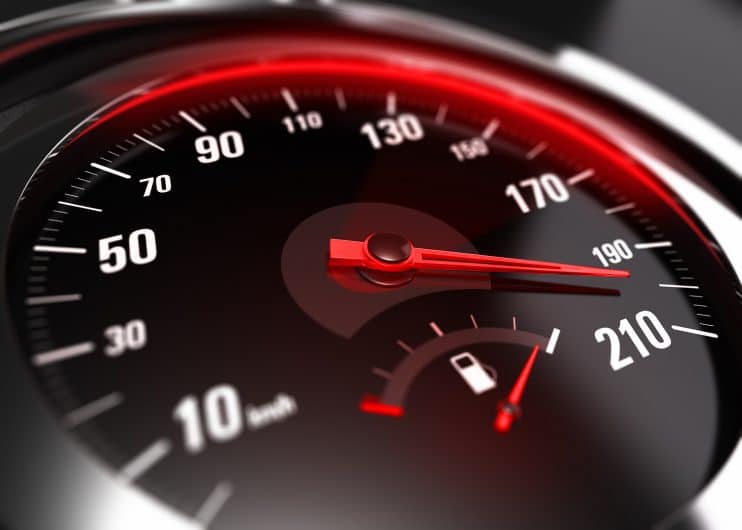
Low or over-boost
A failing actuator can mean too much or too little boost power. If the boost is too low, your engine may feel unresponsive and sluggish during acceleration. Over-boost can strain your engine components and lead to possible failure, but both will result in a noticeable drop in performance.
Noise from the turbocharger
Unusual noises such as whistling, hissing or rattling can be a sign that there’s a problem with the turbocharger. If the wastegate controlled by the actuator isn’t working correctly, it can create these sounds because of too much pressure or misaligned components.
Increase in exhaust emissions
Because the turbo actuator isn’t doing its job of redirecting fumes away from the turbine wheel, you’re likely to spot signs of an increase in exhaust emissions, such as black smoke or a strong smell of unburned fuel from the exhaust. This is because the air-fuel ratio has been disrupted.
Smoke from the exhaust
Similarly, too much white or blue smoke can indicate oil leakage into the turbocharger due to actuator failure. This issue is pretty serious, so get immediate attention.
Oil leaks
If the actuator is damaged, oil can leak from the turbocharger. Get under your vehicle and have a look for oil stains or puddles, as they can be a sign of a failing actuator or turbocharger.

What causes a bad turbocharger?
Many factors can cause turbo actuator failure, including:
- Problems with electrical circuitry: Faulty wiring or electrical connections can disrupt the actuator’s operation, causing intermittent problems or even a complete failure.
- Water ingress: Exposure to moisture can cause rust and corrosion, which can damage the actuator and affect smooth operation. If water enters through damaged seals or connections, it can short out the internal components, causing sudden failure.
- Turbo damage: Physical damage to the turbocharger can affect its performance and put extra strain on the actuator, causing excess wear and tear as it works harder to compensate for inefficiencies.
- Power loss: If the vehicle’s battery or alternator is underperforming, the weak electrical supply can prevent the actuator from operating correctly, reducing the turbocharger’s efficiency.
- Limp mode: Your vehicle may enter limp mode to protect the engine from further damage. This safety feature reduces engine power and turbo boost to protect critical components from excessive strain, often requiring diagnostic checks to reset.
Can you still drive with a bad actuator?
While driving with a failing actuator is possible, we wouldn’t recommend it. You’ll experience poor performance and fuel economy if the actuator is stuck open. If stuck closed, excessive boost can cause severe engine damage that’s much more costly to repair.
In a worst-case scenario, you could even need a replacement engine after just a short period of driving with a bad turbo actuator. So, it’s important to address any issues and get them fixed as soon as possible.
How do you test a turbo actuator?
Diagnosing a faulty actuator isn’t difficult, but it requires a few steps and, ideally, another person. Here’s how to do it:
- Make sure your engine is turned off.
- Open the engine hood and find the turbocharger – the actuator is in a small compartment to the side of the turbocharger.
- Press the actuator with your thumb and check whether it’s moving too much or too easily. Movement of just under half an inch is probably fine, but more than this is a sign that it needs to be adjusted.
- Ask someone to turn the engine on and rev it gently while you watch what the actuator does. You should see the arm of the actuator open and move to release the extra exhaust as the engine revs.
If you have an OBD2 scanner, you can also use this check for fault codes related to the turbo system.
How to prevent actuator failure
Making sure you keep up a regular maintenance schedule can extend the life of your actuator. This can include:
- Inspecting and cleaning the turbo system to remove debris and contaminants that could affect performance.
- Checking the wiring and connections regularly to make sure there’s no corrosion or damage.
- Using high-quality oil and changing it as per the manufacturer’s recommendations.
- Installing a quality air filter that prevents dirt and debris from entering the turbocharger.
- Keeping your engine regularly tuned to avoid over-boosting and reduce stress on the turbo system.
- Avoiding harsh driving conditions that can put extra stress on the turbo system.
A turbo actuator needs to function properly to ensure optimal engine performance. If you notice any of the warning signs we’ve discussed, make sure you get yours checked out. It could mean the difference between a few hundred and several thousand pounds to replace it, so it’s worth doing sooner rather than later.

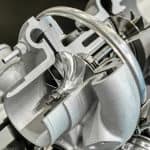
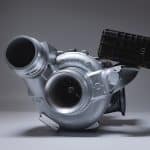
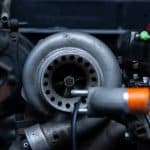
.png)